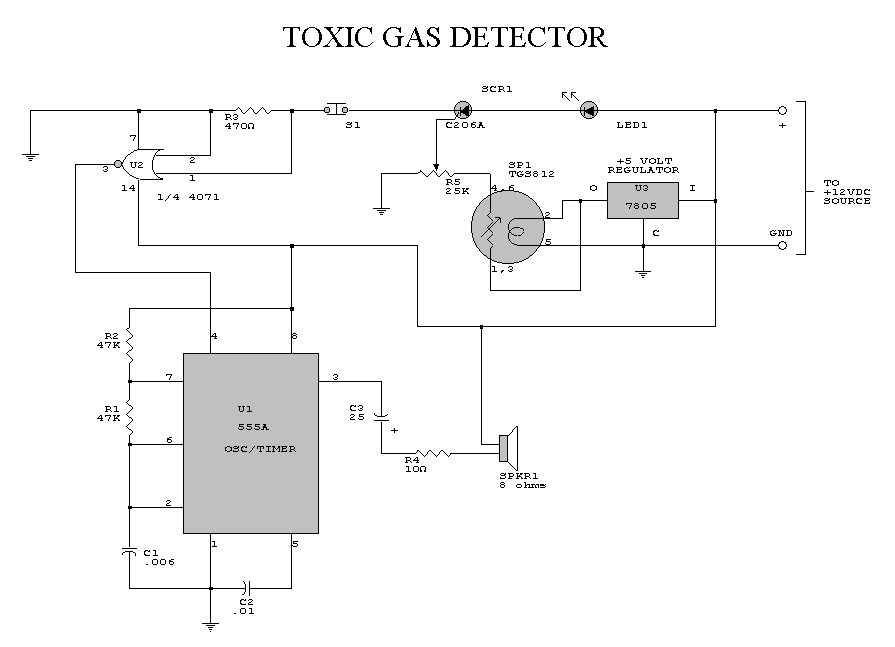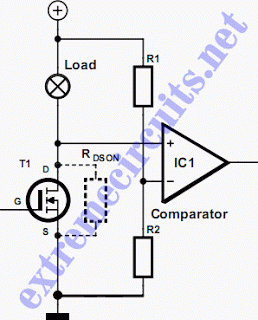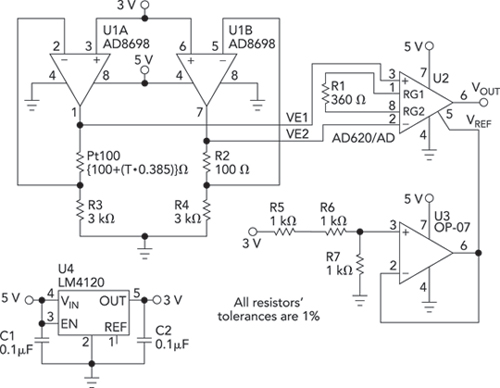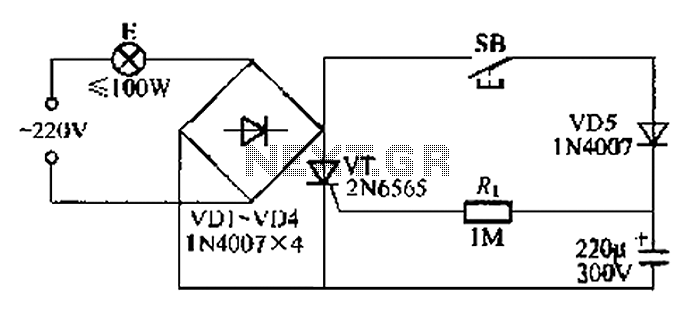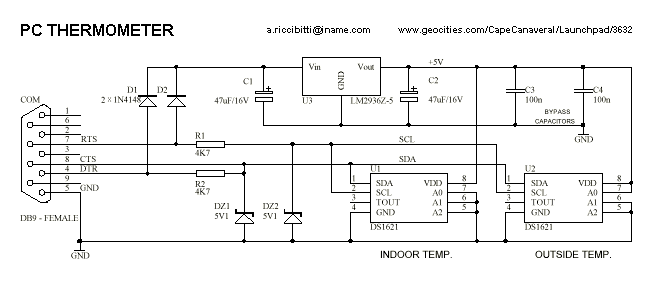
Fluid Level Detector Circuit PCB

This circuit is a fluid level indicator that displays each level using meaningful English letters. It employs a seven-segment display to represent the letters E for empty, L for low, H for half, A for above average, and F for full tank. The circuit consists of CMOS ICs CD4001, CD4055, and a seven-segment display driver. The decoder IC is designed to display English letters in addition to the standard digits 0 through 9 for indicating fluid levels. The BCD codes for the various displays are provided in a table. The use of CMOS ICs results in extremely low current consumption, allowing the circuit to be powered by a battery.
The fluid level indicator circuit is designed to provide a clear and intuitive representation of liquid levels in a tank or reservoir. The seven-segment display is utilized to show five distinct states of fluid levels, enhancing user understanding through the use of recognizable letters. The letters displayed correspond to specific fluid levels: 'E' indicates an empty tank, 'L' signifies a low level, 'H' represents a half-full condition, 'A' denotes an above-average level, and 'F' indicates a full tank.
The core of the circuit is based on two CMOS ICs: the CD4001, which is a quad 2-input NAND gate, and the CD4055, which functions as a BCD to seven-segment decoder/driver. The CD4001 is used for logical operations that determine the current fluid level based on input from sensors placed at different heights within the tank. These sensors can be float switches or conductive probes that detect the presence or absence of liquid.
The CD4055 takes the binary-coded decimal (BCD) input from the logic gates and converts it into a format suitable for driving the seven-segment display. This IC is particularly advantageous due to its ability to handle both numerical and alphabetic outputs, making it ideal for this application. The BCD codes needed to display the letters are specified in a reference table, which maps the input signals to the corresponding outputs on the display.
Power efficiency is a crucial aspect of this circuit. The use of CMOS technology ensures that the circuit consumes minimal current, which is especially beneficial for battery-operated devices. This low power requirement allows the fluid level indicator to operate for extended periods without the need for frequent battery replacements, enhancing its practicality in various applications.
In summary, this fluid level indicator circuit provides a user-friendly method for monitoring liquid levels, utilizing a combination of CMOS technology and a seven-segment display to convey information clearly and efficiently. The design is suitable for various applications where fluid level monitoring is essential, including water tanks, chemical reservoirs, and other liquid storage systems.Here is the circuit of a fluid level indicator which shows each level in meaningful English letters. The circuit presented here using seven segment display to display the letter E for empty, L for low, H for half, A for above average, and F for full tank. The circuit is comprised of CMOS IC`s CD4001, CD4055 and a 7 segment display driver. The dec oder IC is capable of displaying the English letters besides the usual digits 0 through 9 to disply fluid levels. The BCD codes for various displays are given in Table. The CMOS IC`s make current consumption extremely low so we can power the circuit from a battery. 🔗 External reference
The fluid level indicator circuit is designed to provide a clear and intuitive representation of liquid levels in a tank or reservoir. The seven-segment display is utilized to show five distinct states of fluid levels, enhancing user understanding through the use of recognizable letters. The letters displayed correspond to specific fluid levels: 'E' indicates an empty tank, 'L' signifies a low level, 'H' represents a half-full condition, 'A' denotes an above-average level, and 'F' indicates a full tank.
The core of the circuit is based on two CMOS ICs: the CD4001, which is a quad 2-input NAND gate, and the CD4055, which functions as a BCD to seven-segment decoder/driver. The CD4001 is used for logical operations that determine the current fluid level based on input from sensors placed at different heights within the tank. These sensors can be float switches or conductive probes that detect the presence or absence of liquid.
The CD4055 takes the binary-coded decimal (BCD) input from the logic gates and converts it into a format suitable for driving the seven-segment display. This IC is particularly advantageous due to its ability to handle both numerical and alphabetic outputs, making it ideal for this application. The BCD codes needed to display the letters are specified in a reference table, which maps the input signals to the corresponding outputs on the display.
Power efficiency is a crucial aspect of this circuit. The use of CMOS technology ensures that the circuit consumes minimal current, which is especially beneficial for battery-operated devices. This low power requirement allows the fluid level indicator to operate for extended periods without the need for frequent battery replacements, enhancing its practicality in various applications.
In summary, this fluid level indicator circuit provides a user-friendly method for monitoring liquid levels, utilizing a combination of CMOS technology and a seven-segment display to convey information clearly and efficiently. The design is suitable for various applications where fluid level monitoring is essential, including water tanks, chemical reservoirs, and other liquid storage systems.Here is the circuit of a fluid level indicator which shows each level in meaningful English letters. The circuit presented here using seven segment display to display the letter E for empty, L for low, H for half, A for above average, and F for full tank. The circuit is comprised of CMOS IC`s CD4001, CD4055 and a 7 segment display driver. The dec oder IC is capable of displaying the English letters besides the usual digits 0 through 9 to disply fluid levels. The BCD codes for various displays are given in Table. The CMOS IC`s make current consumption extremely low so we can power the circuit from a battery. 🔗 External reference
